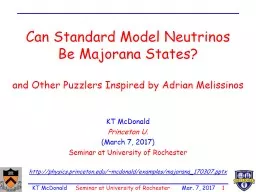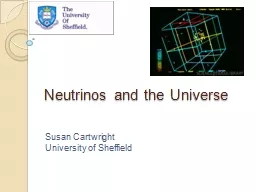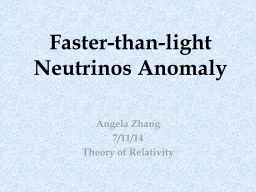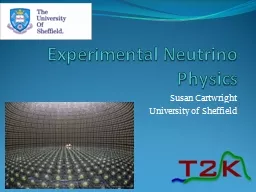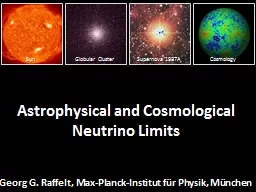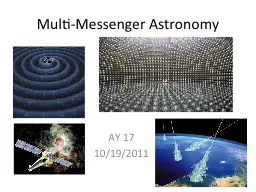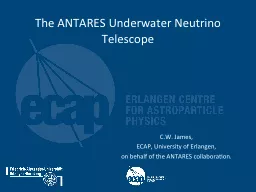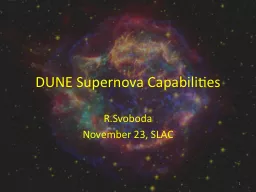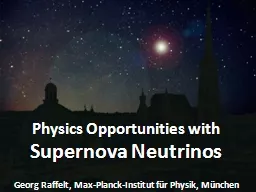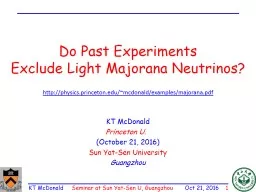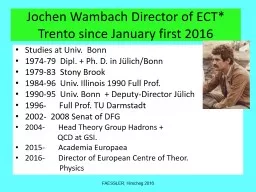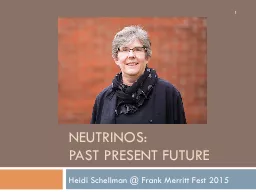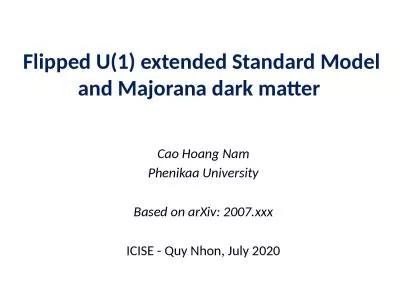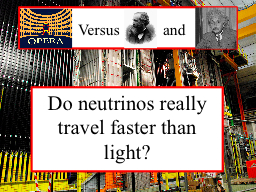PPT-Can Standard Model Neutrinos
Author : debby-jeon | Published Date : 2017-08-08
Be Majorana States and Other Puzzlers Inspired by Adrian Melissinos KT McDonald Princeton U March 7 2017 Seminar at University of Rochester httpphysicsprincetonedu
Presentation Embed Code
Download Presentation
Download Presentation The PPT/PDF document "Can Standard Model Neutrinos" is the property of its rightful owner. Permission is granted to download and print the materials on this website for personal, non-commercial use only, and to display it on your personal computer provided you do not modify the materials and that you retain all copyright notices contained in the materials. By downloading content from our website, you accept the terms of this agreement.
Can Standard Model Neutrinos: Transcript
Download Rules Of Document
"Can Standard Model Neutrinos"The content belongs to its owner. You may download and print it for personal use, without modification, and keep all copyright notices. By downloading, you agree to these terms.
Related Documents

